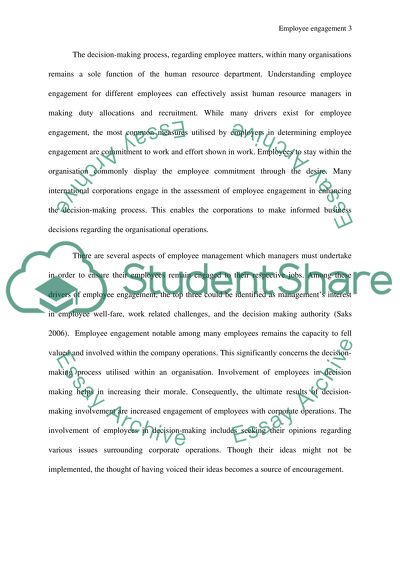Cite this document
(Employee Engagement at Caterpillar and The National Health Service Case Study, n.d.)
Employee Engagement at Caterpillar and The National Health Service Case Study. Retrieved from https://studentshare.org/human-resources/1488770-employee-engagement-is-crucial-for-effective
Employee Engagement at Caterpillar and The National Health Service Case Study. Retrieved from https://studentshare.org/human-resources/1488770-employee-engagement-is-crucial-for-effective
(Employee Engagement at Caterpillar and The National Health Service Case Study)
Employee Engagement at Caterpillar and The National Health Service Case Study. https://studentshare.org/human-resources/1488770-employee-engagement-is-crucial-for-effective.
Employee Engagement at Caterpillar and The National Health Service Case Study. https://studentshare.org/human-resources/1488770-employee-engagement-is-crucial-for-effective.
“Employee Engagement at Caterpillar and The National Health Service Case Study”, n.d. https://studentshare.org/human-resources/1488770-employee-engagement-is-crucial-for-effective.


